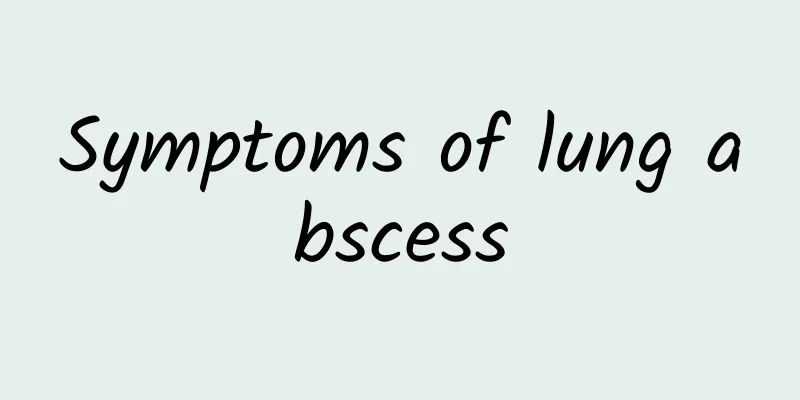Effects of magnesium sulfate infusion in pregnant women

|
Magnesium sulfate injection is an anticonvulsant drug. It can play a certain therapeutic role for gestational hypertension in pregnant women. It also has a good effect on gestational hypertension and preeclampsia in pregnant women. It is often used to treat premature birth diseases. It has a good therapeutic effect on moderate to severe gestational hypertension. If the intravenous drip is too fast, it may cause flushing, dry mouth, nausea and vomiting and other symptoms. Dosage 1. For the treatment of moderate to severe pregnancy-induced hypertension, preeclampsia and eclampsia, the initial dose is 2.5-4 g, diluted with 20 ml of 25% glucose injection, and then slowly injected intravenously within 5 minutes, followed by intravenous drip of 1-2 g per hour. The total amount in 24 hours is 30g, which is monitored based on knee tendon reflex, respiratory rate and urine output. 2. The dosage and method for treating premature birth are similar to those for treating gestational hypertension. The initial loading dose is 4 g; it is diluted with 20 ml of 25% grape juice injection and slowly injected intravenously within 5 minutes. Later, 60 ml of 25% magnesium sulfate injection is added to 1000 ml of 5% grape juice injection and intravenously dripped at a rate of 2 g per hour until 2 hours after uterine contractions stop. Oral β-adrenergic receptor agonists are then taken to maintain the effect. Adverse Reactions 1. Intravenous injection of magnesium sulfate often causes symptoms such as flushing, sweating, and dry mouth. Rapid intravenous injection can cause nausea, vomiting, palpitations, dizziness, and nystagmus in some cases. The symptoms can disappear by slowing down the injection rate. 2. In case of renal insufficiency and large dosage of medication, blood magnesium accumulation may occur. When the blood magnesium concentration reaches 5mmol/L, muscle excitability may be inhibited, sensory reactions may be sluggish, knee tendon reflexes may disappear, and breathing may begin to be inhibited. When the blood magnesium concentration reaches 6mmol/L, respiratory arrest, arrhythmia and heart block may occur. Further increase in concentration may cause cardiac arrest. 3. Continuous use of magnesium sulfate can cause constipation, and some patients may develop paralytic intestinal obstruction, which improves after stopping the medication. 4. In rare cases, blood calcium levels may decrease, resulting in recurrence of hypocalcemia. 5. Magnesium ions can freely pass through the placenta, causing neonatal hypermagnesemia, which manifests as low muscle tone, poor sucking ability, inactivity, soft crying, etc., and a few even have respiratory depression. 6. A small number of pregnant women develop pulmonary edema. Precautions 1. Renal function must be checked before using magnesium sulfate injection. If renal function is impaired, it should be used with caution and the dosage should be reduced. 2. It should be used with caution or not at all in cases of myocardial damage or heart block. 3. Before and during each medication, regular knee tendon reflex checks should be performed, respiratory rate measured, urine output observed, and blood drawn to check blood magnesium concentration. If knee tendon reflex is significantly weakened or disappears, or respiratory rate is less than 14 to 16 times per minute, urine output is less than 25 to 30 ml per hour, or less than 600 ml in 24 hours, the medication should be stopped immediately. 4. If chest tightness, chest pain, or shortness of breath suddenly occurs during medication, timely auscultation should be performed and a chest X-ray should be taken if necessary to detect pulmonary edema early. 5. If acute magnesium poisoning occurs, calcium can be used for rescue by intravenous injection. The commonly used one is 10% calcium gluconate injection 10ml slowly injected. 6. During pregnancy preservation treatment, it is not advisable to use it simultaneously with adrenaline beta receptor agonists, such as ritodrine, otherwise it is easy to cause adverse cardiovascular reactions. |
<<: Lifanxing ribosomycin sulfate main function
>>: Neostigmine methylsulfate effects and uses
Recommend
What are the plasters for rheumatism?
There are many patients with rheumatism in daily ...
Ice Silkworm Herbal Cream
The ice silkworm herbal plaster contains ice silk...
What is the fastest way to cure diarrhea?
There are many common problems in life. After the...
Why do I need to pee after ejaculation?
Proper sex life is very beneficial to enhancing t...
The best way to eliminate gallbladder crystals
The formation of gallbladder crystals is closely ...
A large collection of fruit and vegetable juices for cleansing the intestines, detoxifying and losing weight!
Expelling toxins can make you feel lighter, and d...
How to massage eye acupoints?
People's daily activities are inseparable fro...
Causes of facial stroke
There are many reasons for facial stroke, but the...
Can Astragalus be used to make tea?
There are many types of Astragalus, more than 2,0...
Mild onychomycosis
If the patient has just contracted onychomycosis,...
What should I do if my throat hurts when I swallow saliva?
In daily life, sore throat is a situation that ma...
First aid for epilepsy
Have you ever seen a person with epilepsy? People...
Mugwort for Eczema
In fact, mugwort is what we usually call wormwood...
“For the first time”, it can actually provide feedback on the liver’s current condition
In fact, the first urine is very important. You m...
How to make ice cream with milk
In some places, ice cream is also called snow pop...









